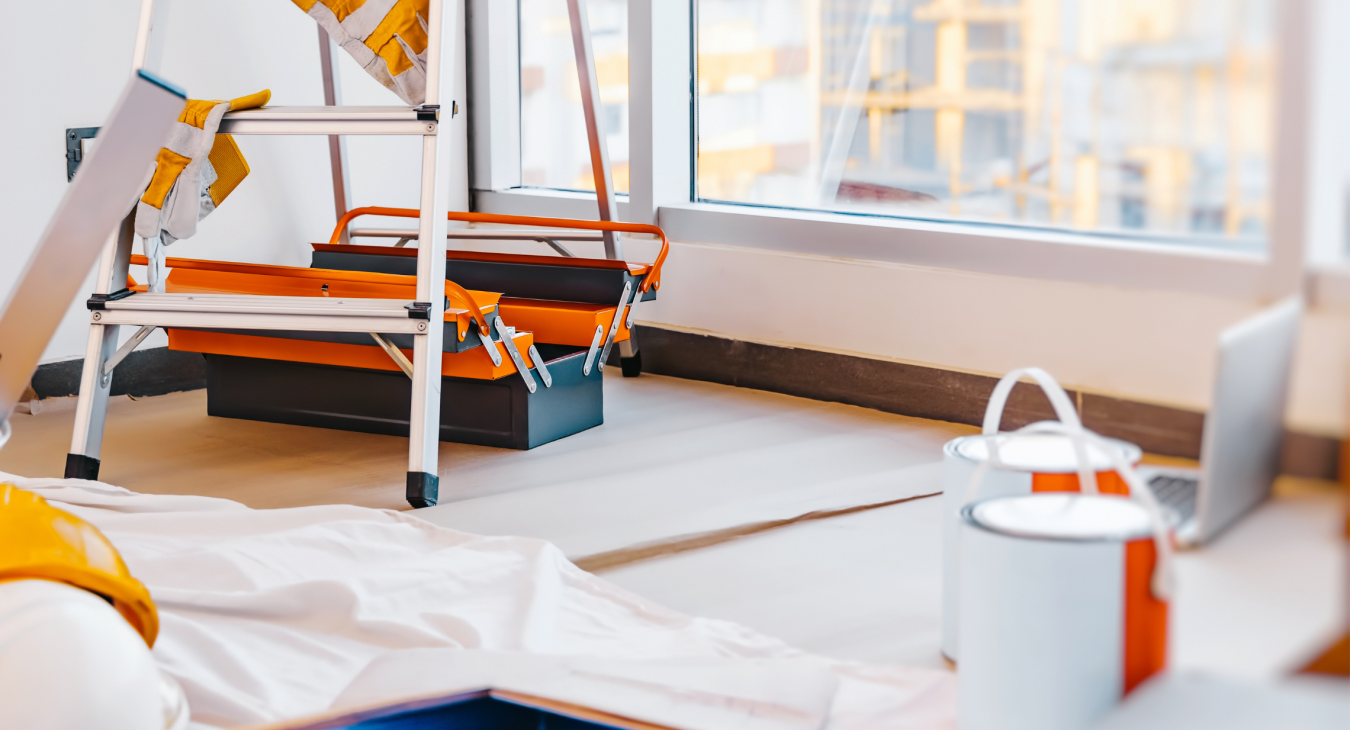
Renovating your home yourself and doing DIY can be incredibly rewarding. There are many tasks that are perfectly safe to add to your list but electrical jobs, however small they may seem, can be dangerous and complex.
You can complete minor repairs, maintenance and ‘like-for-like’ replacements yourself but all new electrical work must comply with Part P of the Building Regulations, requiring a qualified electrician to carry out. ‘Notifiable work’ such as installing new circuits and fuse boxes or changing fuse boards should also be completed by a registered and competent electrician who can test the system and supply you with the safety and compliance certification.
Here are a few electrical projects that you should hand over to a qualified and experienced electrician.
Rewiring
Rewiring your home is certainly a job for a certified and experienced electrician. It can be a long process which involves stripping out old wiring, running new wiring, installing a new circuit breaker to handle the load of the new system, as well as ensuring that the proper codes are met for inspection.
Fuse box replacements
Legally, fuse box replacements and upgrades must be done by a Part P qualified electrician. The fuse box (or consumer unit) is at the heart of your home’s electrical system so it’s vital that it is functioning safely and effectively.
Fuse boxes should also be fitted with RCD (residual current device) protection or MCBs (miniature circuit breakers) for each individual circuit which will switch off when they sense an overload or fault, usually within 100 milliseconds.
Once the new unit has been installed and tested, the results will be recorded on an Electrical Installation Certificate.
Replacing light fixtures
This usually entails running new wiring to the location of where you’d like the new light to be, therefore it would be best to consult a qualified electrician.
If you wish to upgrade lights to higher amperage, it may be necessary to attach another wire to the circuit breaker – work that needs to be completed by a Part P competent electrician.
Outdoor lighting
Outdoor lighting needs to be suitable for outdoor use, i.e. weatherproof (particularly with British weather!) and correctly grounded.
Outdoor circuits must have RCD protection with cables run in special external grade protective conduit.
To reduce risk, any outdoor electrical work, including installing outdoor sockets, should be carried out by a Part P registered electrician.
Any electrical work where water is present
Only special low voltage safety fittings are permitted in bathrooms and all electrical circuits must have RCD protection not exceeding 30mA. Fittings are defined to safety zones within the room and light switches should be pull-cords or located on the wall outside.
To minimise the risk of electric shock and other hazards, any work that needs to be completed in bathrooms, near swimming pools or outside, should be completed by a certified Part P electrician.
Installing additional sockets
Adding new sockets is a popular renovation, particularly if you have an older property and there aren’t enough to run multiple gadgets and appliances. You may also wish to upgrade to USB sockets.
Building Regulations state that outlets shouldn’t be positioned any lower than 450mm above the floor and light switches no higher than 1200mm from the floor.
For a safe, compliant and neat job, you should contact a qualified electrician.
Installing a home EV charger
Standard three-pin sockets are very slow and inefficient for charging electric vehicles. A dedicated charging point should be installed which connects to the home electricity supply, using fast, optimised charging.
Installing a home EV charger should be conducted by a qualified electrician with the specific skills and specialist accreditation for the hardware. Your home charger’s warranty might only be valid with an Electric Installation Certificate (EIC) from a competent electrician.
Unlike installing standard sockets, the electrician would be working with higher currents and will require a more advanced understanding of earthing and bonding. When installing a charging station, the Code of Practice for Electric Vehicle Charging Equipment Installation must be followed.
Electricians installing home EV chargers should be:
- Registered with NICEIC
- Registered with Office of Zero Emission Vehicles (OZEV)
Repairs
We strongly advise not attempting electrical repairs yourself. Components can be complicated and unpredictable, particularly if elements are damaged or outdated. DIY electrical repairs without the appropriate tools can increase the risk of injury and fire, as well as creating further damage which is more costly to amend.
You may only be covered by warranties and insurance if repair work and modifications are carried out by a licensed electrician.
Qualified electricians have seen many similar problems and will be able to diagnose an issue quickly. When making the repairs, building codes and regulations will also be adhered to.
Check your equipment and appliances regularly for any damage and then contact a registered electrician to make the repairs or replacements.
From fitting new consumer units and rewiring an entire property to installing outdoor lighting and additional sockets, we are qualified and experienced in completing a range of domestic electrical projects.
We are Part P registered, NAPIT approved and listed on the Registered Competent Person – Electrical database.
Give our friendly and reliable team a call on 07988 239 808 and we’ll see how we can help.

